Explore Old City Gate Hanoi: A Glimpse Into The Past
The main content of the article
- 1. Old City Gate Hanoi – A Symbol of Hanoi's Enduring History
- 2. Architectural Highlights – A Blend of Tradition and Strength
- 3. Historical Significance – A Testament to Hanoi's Resilience
- 4. Exploring the Old Quarter – A Journey Through Time
- 5. Nearby Attractions – Immerse Yourself in History
- 6. Food Experience – Savor Hanoi’s Culinary Delights
- 7. Traveler Tips – Making the Most of Your Visit
- Why Visit Old City Gate Hanoi?
Hanoi, the heart of Vietnam, where ancient architecture meets modern life, is home to some of the most fascinating historical sites. Amid the bustling streets and lively markets lies Old City Gate Hanoi (Ô Quan Chưởng), a relic that has withstood the test of time. Built in the 18th century, this remarkable structure is the last remaining gate of Thăng Long Citadel, offering visitors a tangible connection to Hanoi's glorious past. For history enthusiasts and culture lovers, a visit to this iconic site promises a journey through time, unveiling stories of resilience, bravery, and heritage.
1. Old City Gate Hanoi – A Symbol of Hanoi's Enduring History
- Location: Ô Quan Chưởng Street, Hoàn Kiếm District
- Opening Hours: Open 24/7, best visited during daylight hours
- Best for: History lovers, cultural explorers, photographers
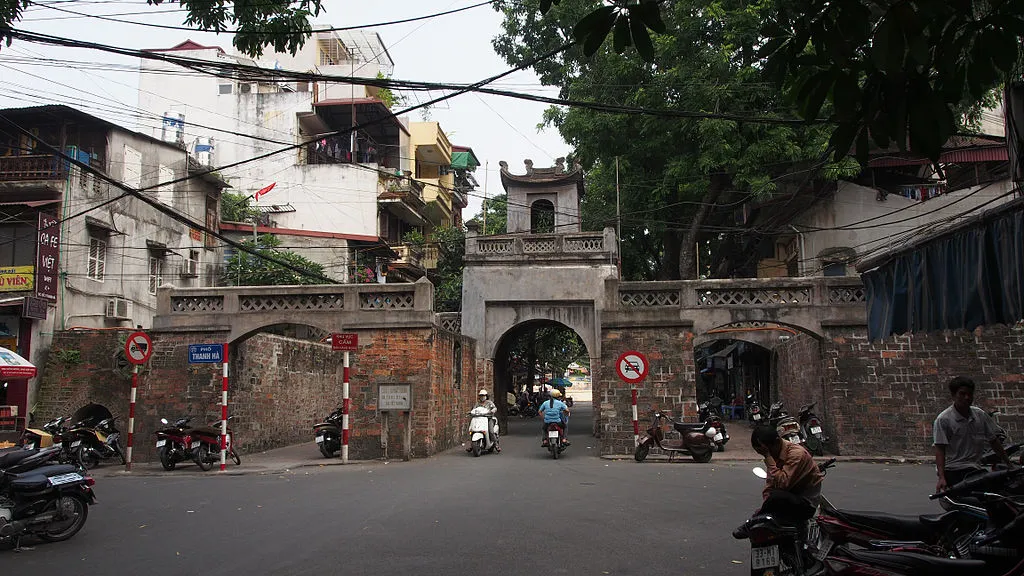
Built in 1749, it was part of the city’s defense system and named after a brave commander who defended Hanoi against the French - Photo Source: Wikipedia
What Makes It Special?
Built in 1749 during the Lê Dynasty, Old City Gate Hanoi was part of a defensive system that protected the imperial city of Thăng Long. Originally, Hanoi had 21 gates that served as entry points, allowing residents and traders to pass through while safeguarding the city from invaders. Over the years, these gates succumbed to urbanization and conflicts, leaving only Ô Quan Chưởng Gate standing.
Its name, Ô Quan Chưởng, honors a brave military commander and his soldiers who sacrificed their lives defending the gate against French invaders in 1873. Today, the gate stands not just as a monument but as a symbol of heroism and resilience, reflecting the unwavering spirit of the Vietnamese people.
Visitors walking through the gate will notice its two-story structure—an impressive example of ancient Vietnamese military architecture. Whether you've just landed at hanoi noi bai international airport or are preparing for an international flight, exploring the Old City Gate provides a profound connection to Hanoi's history. The lower level has three entrances: a large central archway for vehicles and two smaller side doors for pedestrians. Above the gate is a fortified watchtower, where guards once stood to monitor incoming threats.
2. Architectural Highlights – A Blend of Tradition and Strength
Best for: Architecture enthusiasts, history buffs
What Makes It Special?
The Old City Gate Hanoi is a striking example of traditional Vietnamese architecture infused with Chinese influences. The gate's structure is primarily made from laterite and brick, which were widely used during the Lê Dynasty due to their durability and ability to withstand harsh weather.

A two-story structure with a main archway, two side doors, and a guard tower, built with laterite and bricks for durability - Photo Source: vietnamnet.vn
Key architectural features include:
- Main Archway: The largest entrance designed to accommodate carriages and goods entering the city.
- Two Side Doors: Smaller arches on either side, intended for soldiers and civilians.
- Guard Tower: A second-floor watchtower equipped with slits that allowed guards to monitor and defend against invaders.
The gate's design emphasizes both functionality and aesthetic appeal. The guard tower was not only used for surveillance but also provided a strategic position for archers and soldiers during times of conflict. Carved inscriptions and intricate stone details on the façade highlight the craftsmanship of the period, making it a favorite spot for history and architecture enthusiasts alike.
Despite its age and exposure to natural elements, the Old City Gate has retained much of its original charm, offering a visual representation of Hanoi's historical narrative.
3. Historical Significance – A Testament to Hanoi's Resilience
Best for: History enthusiasts, culture seekers
What Makes It Special?
Old City Gate Hanoi is not merely a structure; it is a silent witness to the city’s turbulent past. During the 19th century, when the French attacked Hanoi in 1873, Quan Chưởng and his soldiers fought valiantly to protect the city. Although they were ultimately defeated, their bravery became an enduring symbol of patriotism.
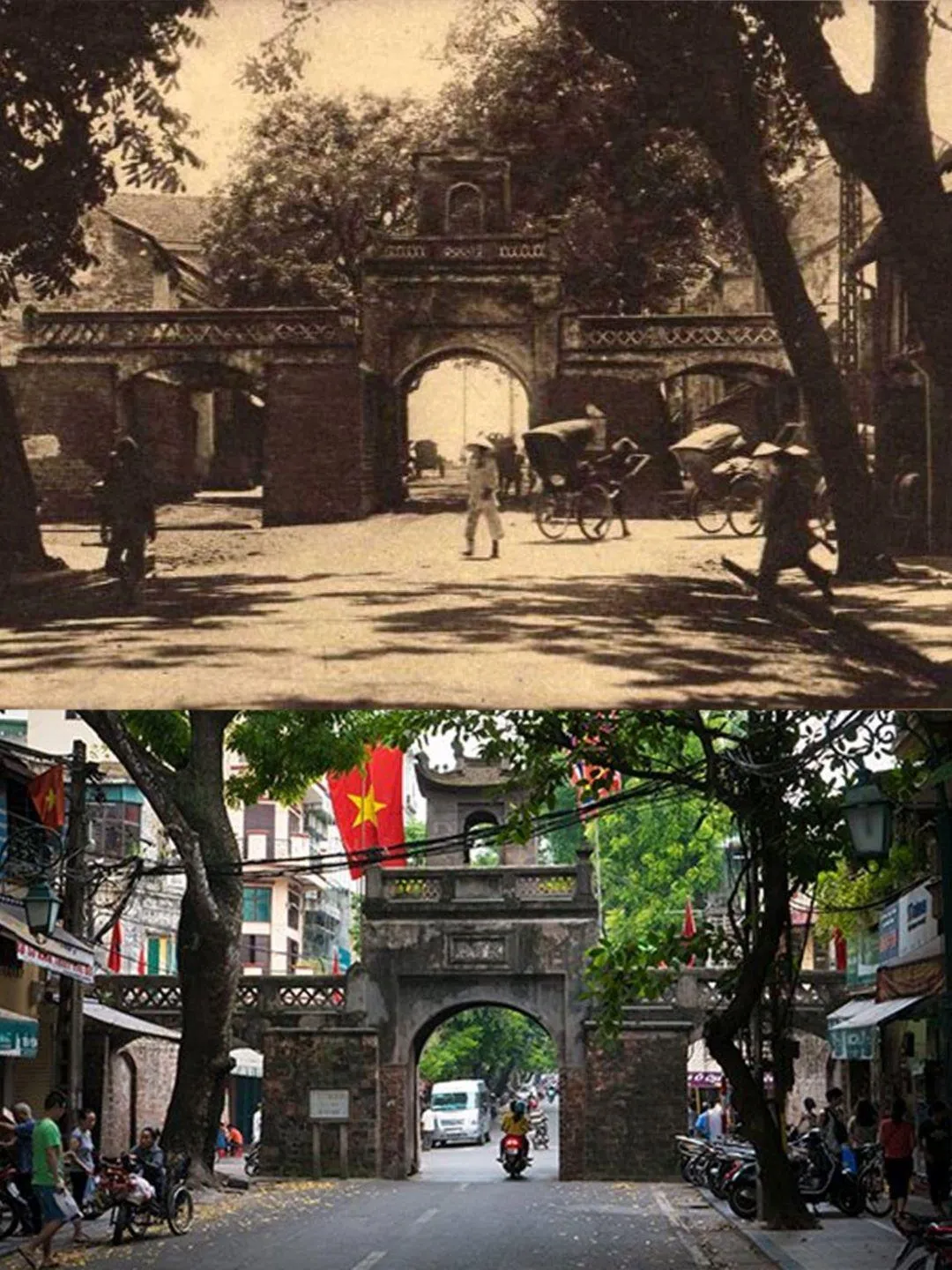
It survived multiple invasions, from the French attack in 1873 to later conflicts, standing as a testament to Hanoi’s strength - Photo Source: Fanpage Chuyện của Hà Nội
The gate also stood strong during subsequent historical upheavals, including the Japanese occupation in World War II and the Vietnam War, emerging as a surviving testament to Hanoi’s ability to endure adversity.
For visitors, standing beneath the archway evokes a sense of reverence for Hanoi’s rich heritage. The stories of Quan Chưởng and his soldiers continue to inspire generations, reminding visitors of the courage and sacrifices that helped shape Vietnam’s identity.
4. Exploring the Old Quarter – A Journey Through Time
- Location: Adjacent to Old Quarter, Hoan Kiem District
- Opening Hours: Open 24/7, best explored during morning hours
- Best for: Cultural exploration, shopping, food lovers
What Makes It Special?
Step through Old City Gate Hanoi and you’ll find yourself immersed in the vibrant energy of Hanoi’s Old Quarter. The Old Quarter is a maze of 36 ancient streets, each named after the trade or craft once practiced there, such as Hàng Bạc (Silver Street) and Hàng Đào (Silk Street).
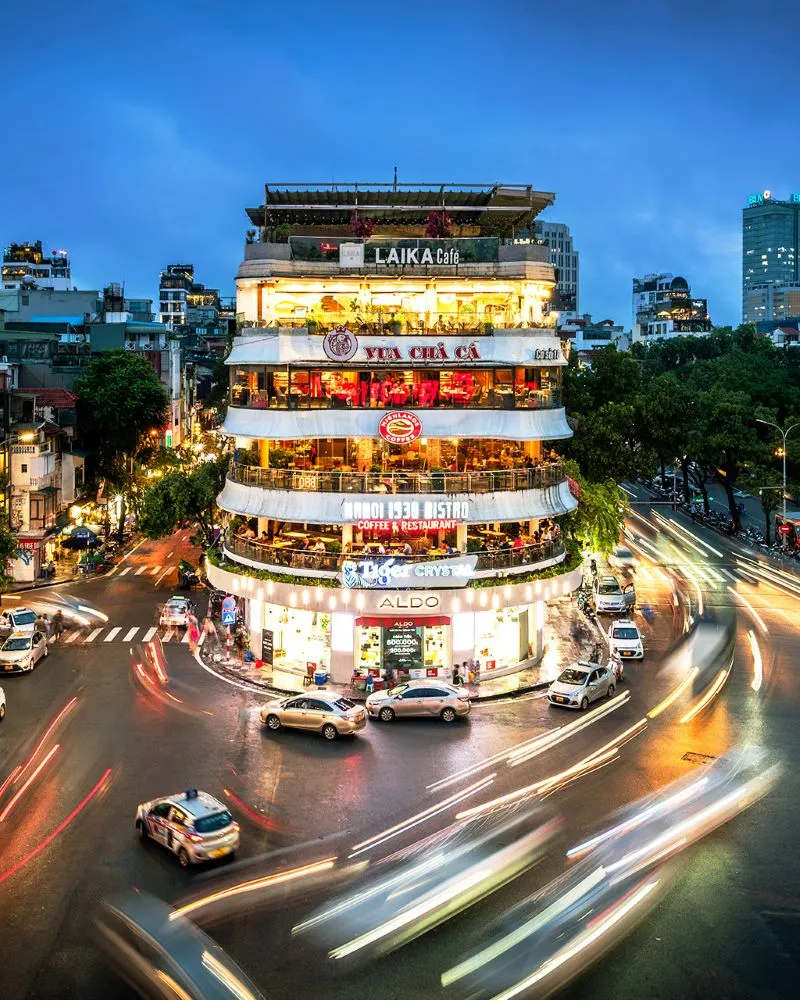
Step through the gate into Hanoi’s lively Old Quarter, a maze of ancient streets, traditional shops, and vibrant markets - Photo Source: Fanpage Welcome to Vietnam
Wandering these streets feels like traveling back in time, where traditional merchant houses sit alongside bustling cafes and artisan shops. The area buzzes with life—street vendors offer fragrant dishes, craftsmen showcase their skills, and the sound of motorbikes fills the air.
Must-Visit Spots Near the Gate:
- Hàng Mã Street: Famous for vibrant lanterns and traditional decorations, perfect for photography enthusiasts.
- Hàng Đường Street: Indulge in Hanoi’s famous sweet treats, including candied fruits and local desserts.
- Hàng Bạc Street: Explore the artistry of silversmiths and purchase handcrafted jewelry as a keepsake.
5. Nearby Attractions – Immerse Yourself in History
- Location: Within walking distance from Old City Gate
- Best for: Sightseeing, cultural exploration
What Makes It Special?
- A visit to Old City Gate Hanoi would be incomplete without exploring nearby historical landmarks. Conveniently located within walking distance, these sites offer a deeper understanding of Hanoi’s past and cultural heritage.
- Bạch Mã Temple: Located just a few steps from the gate, this ancient temple is dedicated to the White Horse deity, who is believed to have guided King Lý Thái Tổ in the 11th century during the construction of Thăng Long Citadel.
- Hoàn Kiếm Lake: A tranquil oasis in the heart of the city, this iconic lake is steeped in legend. Visitors can enjoy a peaceful walk around the lake or visit Ngọc Sơn Temple, situated on an island in the middle of the lake.
- Thăng Long Imperial Citadel: A UNESCO World Heritage Site that served as Vietnam’s political center for over 1,300 years. Explore ancient palaces, archaeological relics, and exhibitions showcasing Hanoi’s royal past.
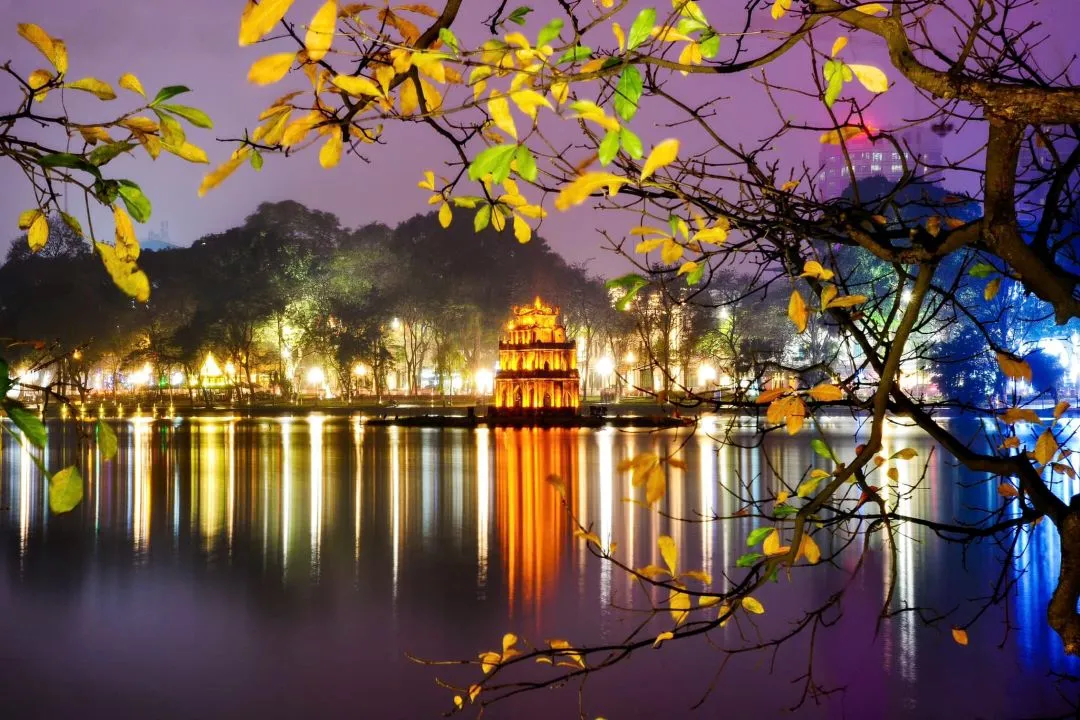
A peaceful escape with the iconic Ngọc Sơn Temple - Photo Source: Fanpage Vietnam Tourism Board
These attractions, along with Old City Gate Hanoi, create a rich tapestry of history that showcases the city’s evolution through the centuries. Many travelers opt for the hanoi bus airport as an affordable way to begin their exploration of this historic area.
6. Food Experience – Savor Hanoi’s Culinary Delights
Best for: Food lovers, culture enthusiasts
What Makes It Special?
Exploring Old City Gate Hanoi is not just about reliving history—it’s also a chance to indulge in Hanoi’s rich culinary offerings. The surrounding area is teeming with traditional eateries and street food stalls, allowing visitors to savor the flavors of authentic Vietnamese cuisine.
Top Dishes to Try:
- Pho Bo: Hanoi’s iconic beef noodle soup with aromatic broth and fresh herbs.
- Bun Cha: Grilled pork served with vermicelli noodles, herbs, and dipping sauce.
- Banh Cuon: Steamed rice rolls filled with minced pork and mushrooms, served with dipping sauce.
- Cha Ca La Vong: Grilled fish seasoned with turmeric and dill, a signature Hanoi delicacy.
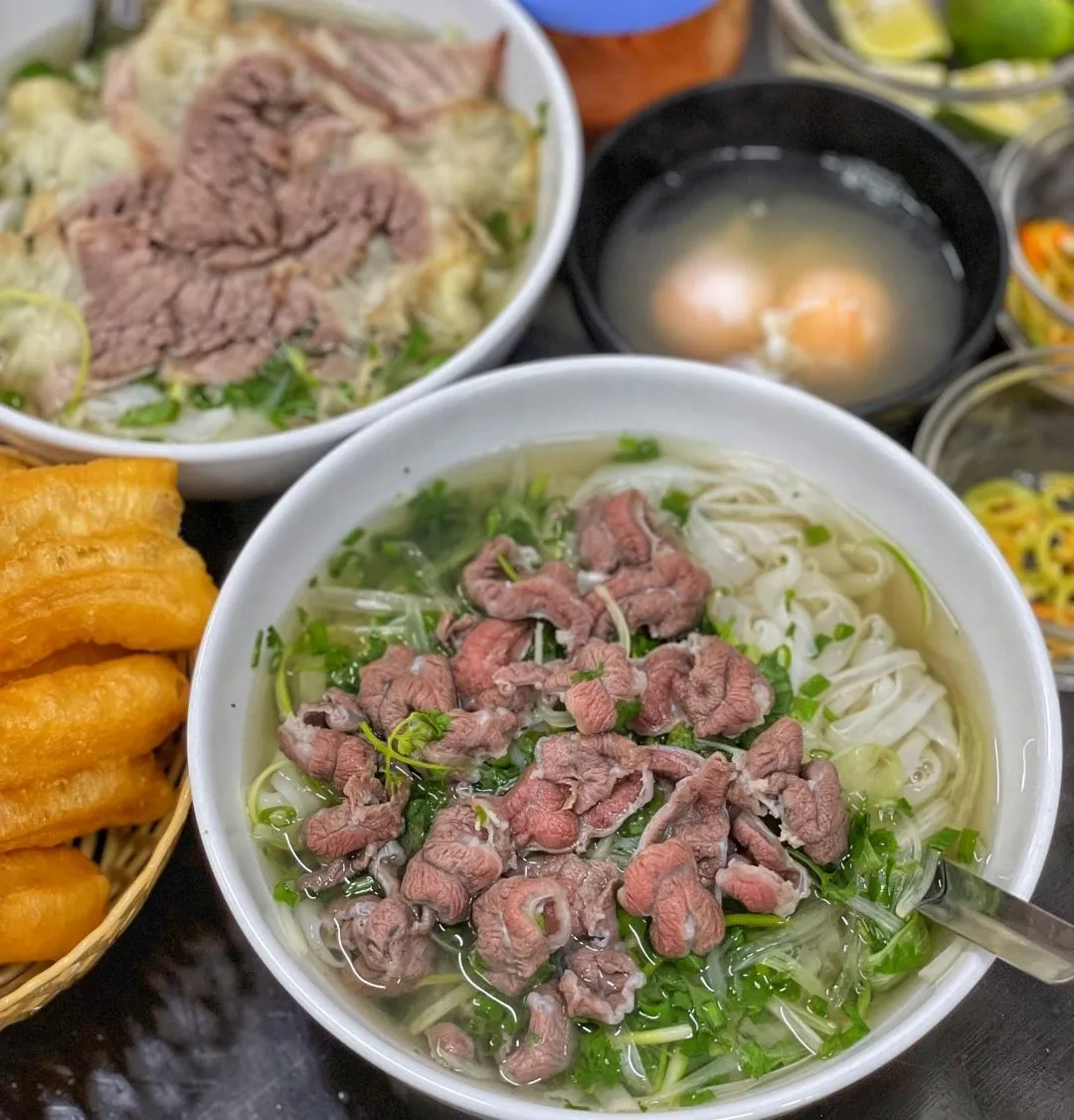
Enjoy Pho Bo at nearby street food stalls - Photo Source: Fanpage Chuyện của Hà Nội
For a truly immersive experience, consider joining a food tour that takes you through the Old Quarter, offering a chance to taste Hanoi’s best street food while learning about its culinary heritage.
7. Traveler Tips – Making the Most of Your Visit
Best for: First-time visitors, cultural enthusiasts
- Best Time to Visit: Early mornings or late afternoons provide the best light for photography and a more peaceful atmosphere.
- Respect Local Customs: While taking photos is encouraged, be mindful of local customs and avoid disturbing vendors or residents.
- Wear Comfortable Shoes: Exploring the Old Quarter involves a lot of walking, so ensure your footwear is suitable. When considering transportation beyond walking, Hanoi motorbike rental offers a convenient way to see more of Hanoi.
- Stay Hydrated: Hanoi’s climate can be hot and humid, especially in summer, so carry a bottle of water.

Visit in the morning or late afternoon for the best experience - Photo Source: facebook page: Chuyện của Hà Nội
For a deeper experience, consider hiring a local guide to share historical insights and stories that breathe life into Hanoi’s landmarks.
Why Visit Old City Gate Hanoi?
- For History Lovers: Witness the resilience of Hanoi through the only surviving gate of Thăng Long Citadel.
- For Architecture Aficionados: Admire the intricate blend of Vietnamese and Chinese design influences.
- For Cultural Explorers: Immerse yourself in the vibrant life of the Old Quarter, where past and present coexist harmoniously.
Old City Gate Hanoi is more than just a historical monument—it’s a living testament to Hanoi’s enduring spirit. Whether you’re captivated by ancient architecture, fascinated by stories of bravery, or eager to explore Hanoi’s vibrant culture, this iconic landmark promises an unforgettable journey.
|
JoytimeJoytime Travel Agency - Travel JOY, TIMEless Vietnam Follow us for travel tips, local insights, and exclusive offers:
|

Danish Nguyen
Danish Nguyen is a renowned travel blogger in Vietnam with over 5 years of experience sharing unique travel experiences. With a passion for exploring new places, Danish captures incredible moments and provides readers with valuable tips to discover the beauty of his homeland.


















